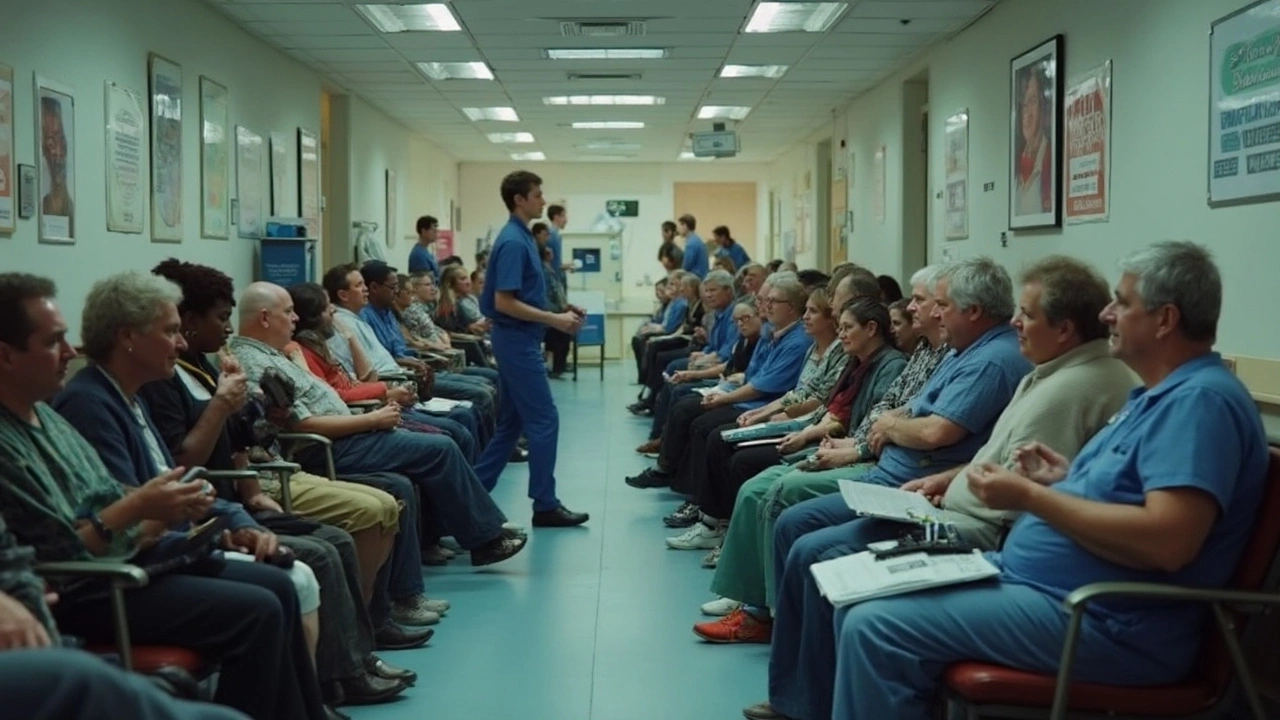Free Healthcare: What It Really Means and How to Use It
When talking about Free Healthcare, medical services that cost the patient nothing at the point of use, whether through government programs, charitable clinics, or employer‑funded schemes. Also known as no‑cost medical care, it relies on funding from taxes, donations, or insurance premiums. The most visible example in the UK is the NHS, a publicly funded health system that provides free treatment to residents. Eligibility rules, residency status, and visa type can shape what you actually receive. Private Health Insurance, plans that cover services not fully funded by the state, often giving faster access or additional options also intersects with free care, as do emerging Telehealth Apps, digital platforms like Hello Doctor that let you consult a clinician without paying per visit. Understanding these pieces helps you avoid unexpected bills and make the most of the system.
Key Components That Shape Free Healthcare
Free healthcare encompasses three main components: public provision, charitable support, and supplemental coverage. The public side is driven by the NHS budget, which is allocated based on population health needs and tax revenue. Charitable support appears as Charity Care, free or reduced‑cost services offered by hospitals or clinics for patients who cannot meet eligibility criteria. Private health insurance can fill gaps by covering prescriptions, dental work, or elective procedures that the NHS does not fund. Finally, telehealth apps provide a cost‑effective way to get medical advice, often at no charge for the first consultation, which reduces pressure on physical clinics and saves time.
Knowing how these elements interact lets you plan ahead. If you’re an American moving to the UK, for example, you’ll need a visa that grants NHS eligibility, otherwise you’ll rely on private insurance or charity care until you qualify. Checking your eligibility early, registering with a local GP, and understanding what services are truly free can prevent surprise invoices. Below you’ll find articles that break down NHS registration, private insurance options, how to negotiate medical bills, and which telehealth apps truly cost nothing. Dive in to discover practical steps, real‑world tips, and the latest cost‑saving strategies for getting the care you need without paying at the door.

Disadvantages of Free Healthcare: What You Need to Know
Free healthcare sounds great on paper, but it comes with some real drawbacks that people rarely talk about. This article digs into the practical problems you might face under a free system, like long wait times and limits on treatment options. You’ll also find out why going private can sometimes make a big difference. Get tips on how to deal with common issues if you rely on free healthcare, and learn what to watch for if you’re considering a switch to private care. The goal: help you make the best choices for your health, without sugarcoating anything.
© 2025. All rights reserved.